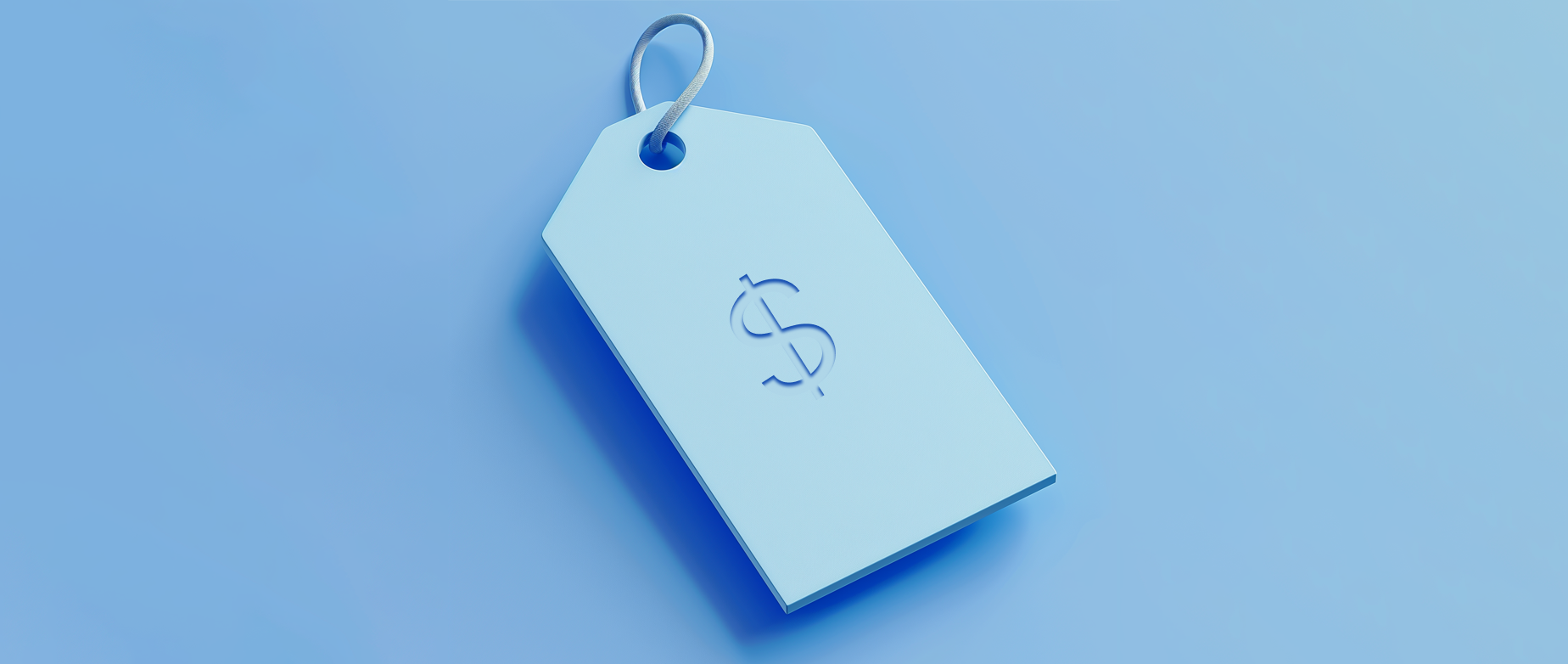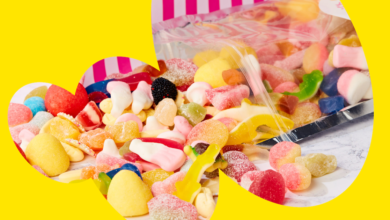Types of Promotional Pricing Strategies + Tips (2024)

When given the option between paying full price for an item or purchasing a similar item at a discount, the majority of shoppers tend to choose the discounted option. In fact, a 2024 survey found that nearly 70% of consumers would opt to buy from a competitor if they offered lower prices.
To help your business gain a competitive edge, offering discounted prices for a limited time can increase sales and attract new customers to try your brand. Understanding the various types of discounts and how to effectively utilize them without compromising your profit margin is key.
What is promotional pricing?
Promotional pricing is a strategy where a product or service is offered at a reduced price for a specific period. This tactic is used to create a sense of urgency and drive sales.
By offering discounts and special deals during promotional periods, businesses can attract price-sensitive customers who make purchasing decisions based on price and the perceived value of a limited-time offer.
Types of promotional pricing strategies
There are several promotional pricing strategies that businesses can consider:
Flash sales
Flash sales involve temporarily reducing the price of a product or service for a short period. This strategy taps into consumers’ fear of missing out and encourages impulse purchases.
Flash sales can help increase sales volume, clear out excess stock, introduce new product lines, and improve short-term cash flow. For example, Cocokind, a sustainable skincare brand, runs weekend flash sales on its online store.
Loyalty programs
Loyalty programs reward repeat customers with discounts, store credits, and other benefits. These programs can drive brand loyalty and encourage repeat purchases. For instance, Mirenesse, a sustainable cosmetics brand, has a Love Rewards program that offers points for purchases, referrals, reviews, and social media engagement.
Buy one, get one free (BOGO)
BOGO promotions offer customers a free item when they purchase one. This strategy can attract new customers and lead to larger orders. For example, Kyloe In The Wild, a sunglasses brand, features a BOGO offer on its online store.
Seasonal sales
Seasonal sales are useful for businesses like clothing brands that change their offerings each season. These promotions can boost sales during specific periods such as Black Friday and Cyber Monday. For example, Blenders Eyewear used Shopify’s Launchpad tool to run flash sales during BFCM, resulting in a significant sales increase.
Coupons and promo codes
Coupons and promo codes offer discounts or perks to customers who enter a code at checkout. Businesses can use these tools to target specific customer segments. For example, Out of Print offers a $5 off promo code for new customers who subscribe to their email newsletter.
Is promotional pricing right for your business?
Promotional pricing can boost sales and stimulate demand for products or services, but it can also impact profit margins and brand perception if not used carefully. Here are some pros and cons to consider:
Advantages
- Increased sales: Promotional pricing can drive sales volume by creating a sense of urgency.
- Better inventory management: Promotions can help sell excess inventory.
- Competitive advantage: Lower prices can differentiate your business in a competitive market.
Disadvantages
- Lower profit margins: Frequent promotions can erode profit margins.
- Decreased brand image: Regular discounts may devalue your brand.
- Hurt customer loyalty: Poorly timed promotions can impact customer loyalty.
Tips for implementing promotional pricing
When implementing promotional pricing, consider these best practices:
Prioritize existing customers
Reward loyal customers before focusing on new customer acquisition to avoid devaluing existing customers. For example, launch a targeted email campaign for existing customers instead of running generic paid ads for new customers.
Leverage promotional apps
Use software tools like Shopify’s Launchpad app to schedule and track promotional sales effectively.
Utilize Apps to Enhance Your Promotional Pricing Strategies
Merchants can leverage various BOGO apps and discount apps with real-time analytics and automation features to optimize their promotional pricing campaigns.
Monitor Your Key Performance Indicators
It’s essential to keep track of key performance indicators (KPIs) to evaluate the effectiveness of your promotional pricing campaigns. Important KPIs to consider include Customer acquisition cost (CAC), Click-through rate (CTR), Return on investment (ROI), and Sales lift.
Consider the Price Elasticity of Demand
Price elasticity of demand (PED) plays a crucial role in determining the impact of price changes on product demand. Understanding the price elasticity of your products can help you make informed decisions about utilizing promotional pricing strategies.
Frequently Asked Questions
What are examples of promotional pricing?
Examples of promotional pricing strategies include flash sales, loyalty programs, seasonal sales, and buy one, get one free (BOGO) deals.
Is promotional pricing illegal?
No, promotional pricing is not illegal as long as it is not deceptive or misleading. However, practices like bait and switch are considered illegal.
What is the disadvantage of promotional pricing?
One disadvantage of promotional pricing is that it can diminish the perceived value of your brand or products if overused.
sentence: “The cat sat lazily in the sun.”
Rewritten sentence: “In the sun, the cat lounged lazily.”

